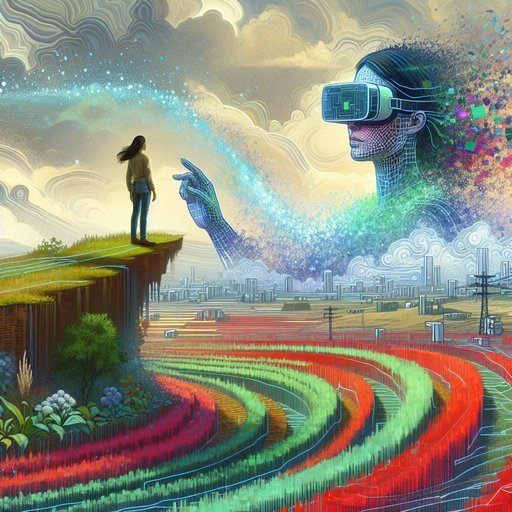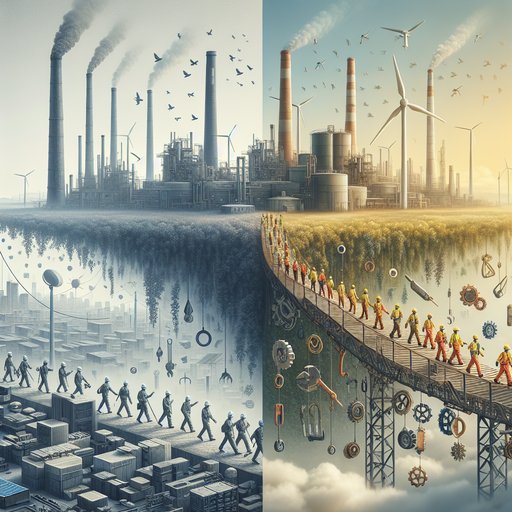 Augmented Reality (AR) is a technology that superimposes computer-generated graphics onto the user's real-world view, creating an intertwined blend of physical and virtual realities. AR is transforming from just a standalone innovation into a gateway to the emergent realm of the Metaverse, a collective virtual space that encompasses all digital experiences, becoming a significant focus for tech giants globally.
Augmented Reality (AR) is a technology that superimposes computer-generated graphics onto the user's real-world view, creating an intertwined blend of physical and virtual realities. AR is transforming from just a standalone innovation into a gateway to the emergent realm of the Metaverse, a collective virtual space that encompasses all digital experiences, becoming a significant focus for tech giants globally.
A decade ago, augmented reality was a fringe technology, limited to experimental applications and basic game overlay functionalities. The thought of the tech evolving into a robust Metaverse was barely conceivable. Fast-forward to present day, the evolution of AR is startling. Improved graphic quality, motion detection and incorporation of AI have steered AR technology towards more sophisticated use cases.
Google's Project Starline, for example, is pushing boundaries by enabling lifelike 3D holographic communication that gives a near-real presence of the participants scattered across different geographical locations. The rise of the Metaverse concept adds a new layer, providing a structured environment for AR application. The Metaverse is a confluence of multiple realities - virtual, augmented, physical - creating an all-encompassing, soon-to-be omnipresent layer of digitization overlaying our lives. Facebook, recently rebranded as Meta, has publicly prioritized the Metaverse, intending to create an interconnected world where users can seamlessly transition between numerous virtual experiences, powered by high-level AR.
Nvidia, renowned for graphic processing units, envisages a 'mirror world' Metaverse. Their ambitious undertaking, Omniverse, aspires to bridge the gap between design and operational worlds, allowing real-time interaction between the different realms. Criticism regarding the societal impacts of AR and the Metaverse is not uncommon. Concerns about privacy, manipulation, and the blurring line between real and virtual world loyalty are surfacing.
The potential for 'deepfake' applications and 'virtual reality addiction' are growing concerns. Despite these challenges, the AR-driven Metaverse holds enormous potential. It promises a level of immersion and interactivity that has the potential to eclipse any previous technological advancement. It could catalyze significant transformations in shopping, gaming, education, healthcare, and communication.
The Metaverse's evolution, oiling the gears of an AR future, is just on the horizon. As technologies converge and intertwine, the promise of an all-encompassing digital reality awaits us. The challenge now is to shape this evolution, ensuring it serves societal needs without compromising our core human values.
























